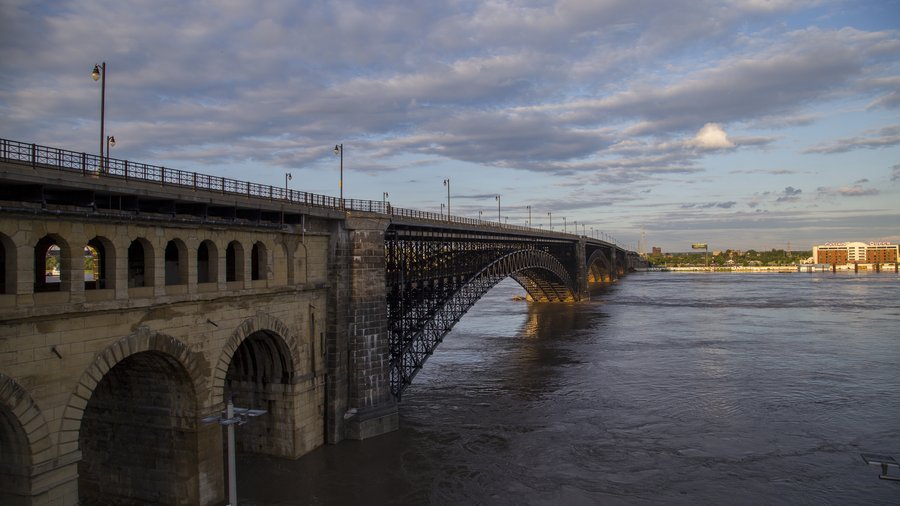With the catastrophic spring floods of 2019 still vivid, a pair of waterways that indelibly shape our state’s history, geography, economy and culture recently earned a dubious “honor.”
Exacerbated by decades of excessive floodplain development and poor management, the upper Mississippi and lower Missouri rivers claimed the top two spots on the annual list of America’s Most Endangered Rivers by Scientific American.
Our nation has been devastated by the Covid-19 pandemic, with more pain, suffering, physical and economic damage to come. In river communities throughout the Midwest, the pandemic arrived as many people and businesses struggle to recover from last year’s disastrous flooding.
Imagine the chaos if another flood occurs during the pandemic. Ambulances unable to cross flooded roads to reach patients. Stay-at-home orders that keep volunteers from stacking sandbags. Homeowners faced with expensive repairs or forced relocation but whose jobs (and health insurance) disappeared during the outbreak.
There are policy changes we can make to address these flood risks — and our elected leaders have a moral obligation to ensure that communities battling these twin threats have the necessary resources.
While considering further emergency spending, Congress should ensure that natural disaster mitigation and resiliency requirements are in place to protect critical infrastructure such as hospitals, highways, public utilities and water supplies from future flood damage.
The troubled National Flood Insurance Program, which borrows from federal taxpayers when flood claims exceed revenue and is now more than $20 billion in debt, must be amended to limit claims for repeatedly flooded properties.
Such properties (an estimated 200,000 nationwide) represent just one percent of NFIP policies but account for one-third of all claims — to the tune of $17 billion in payouts over the past 40 years. Allowing a small percentage of homeowners to “move the furniture downstairs” every few years and continually game the system must stop.
Missouri is one of more than 20 states with no requirement to disclose past flood damage to homebuyers and renters. Whether through state action or federal NFIP reform, that glaring absence must also be fixed.
Missouri must also remove the state law preventing many local governments from tightening floodplain restrictions, even if local residents overwhelmingly desire such tougher standards. And let’s eliminate the use of tax subsidies such as Tax Increment Financing in our floodplains, which promote risky floodplain development while lining the pockets of developers.
At the local level, cities and counties with the authority to enact stricter floodplain development rules should do so. Allowing property owners in floodplains to raise their land and increase the water heights on their neighbors is one of the main reasons flooding in our region has worsened.
For a glimpse at how these bad choices unfold, look no further than the city of St. Charles. With public attention rightfully consumed by the pandemic, the city is moving ahead with not one, not two, but three different flood control and development projects — a pair along the Missouri River and one along the Mississippi River.
Each of these projects is dreadful in its own way. Combined, they will be a disaster for greater St. Louis as the city takes its turn in the continual game of “flood thy neighbor,” a roll of the dice that our fragmented region has been playing for decades.
This time, St. Charles seems bound and determined to repeat the mistakes of its neighbors in Chesterfield, Maryland Heights and many other cities.
A generation ago, after the Great Flood of 1993, Missouri made almost no progress in improving public policy on this front. When the inevitable next emergency hits, poor policy choices will endanger lives, increase property damage and cost taxpayers enormously. Time will tell if our collective response to the Great Flood of 2019 follows a better path.
David Stokes is executive director of Great Rivers Habitat Alliance.
